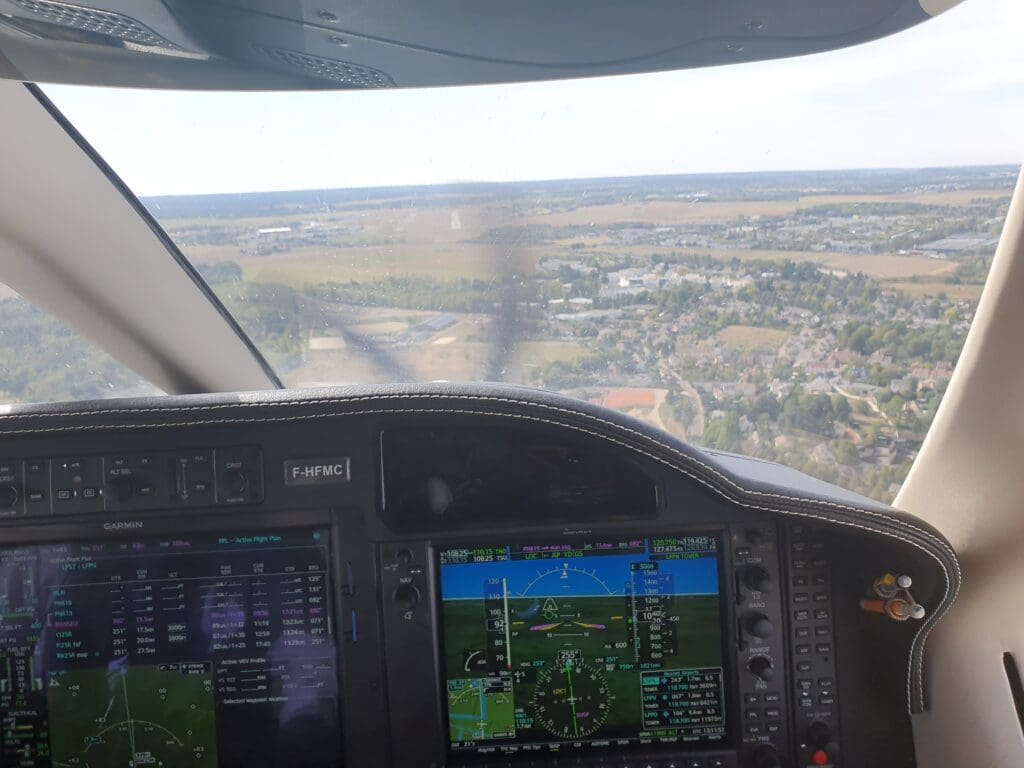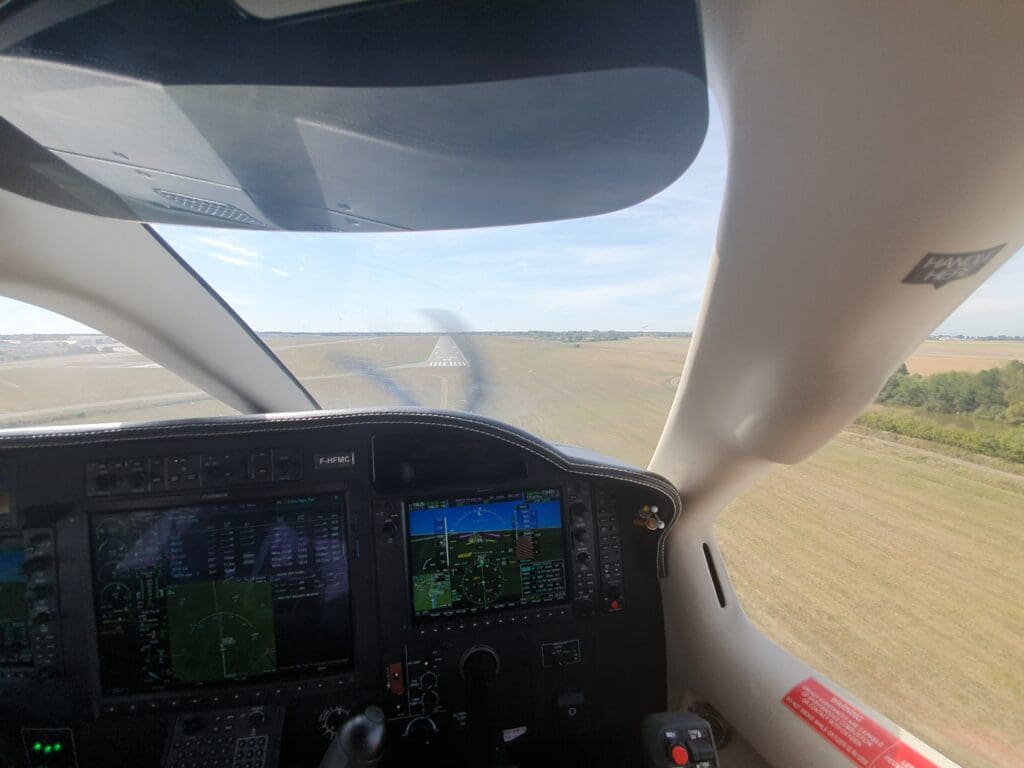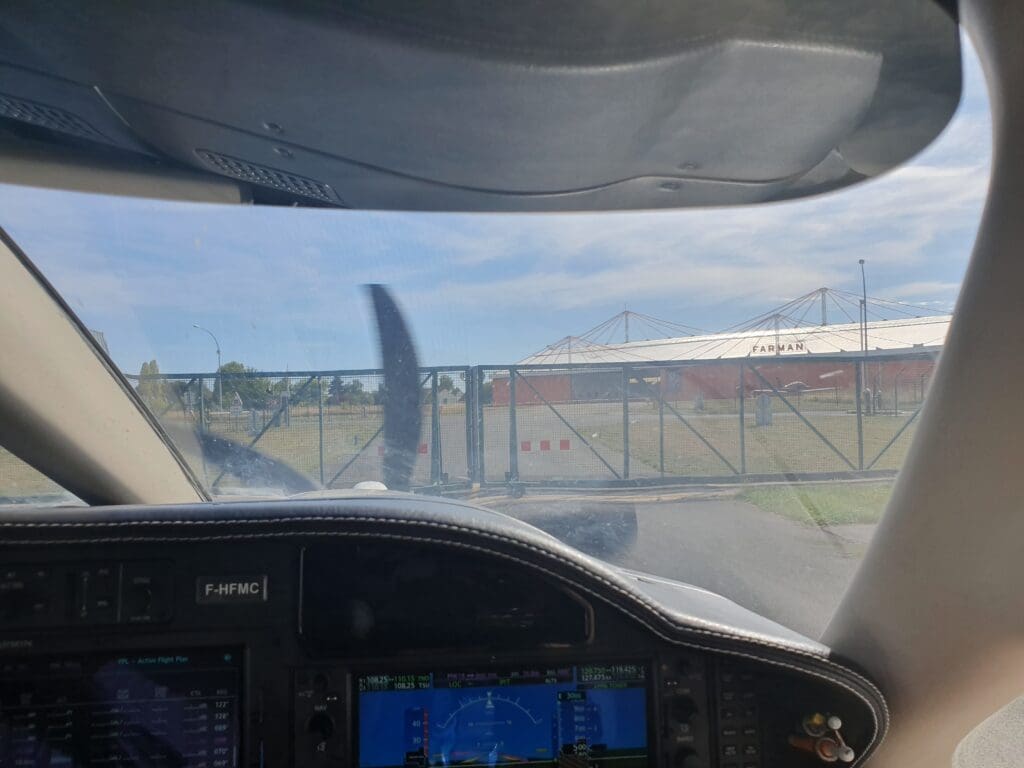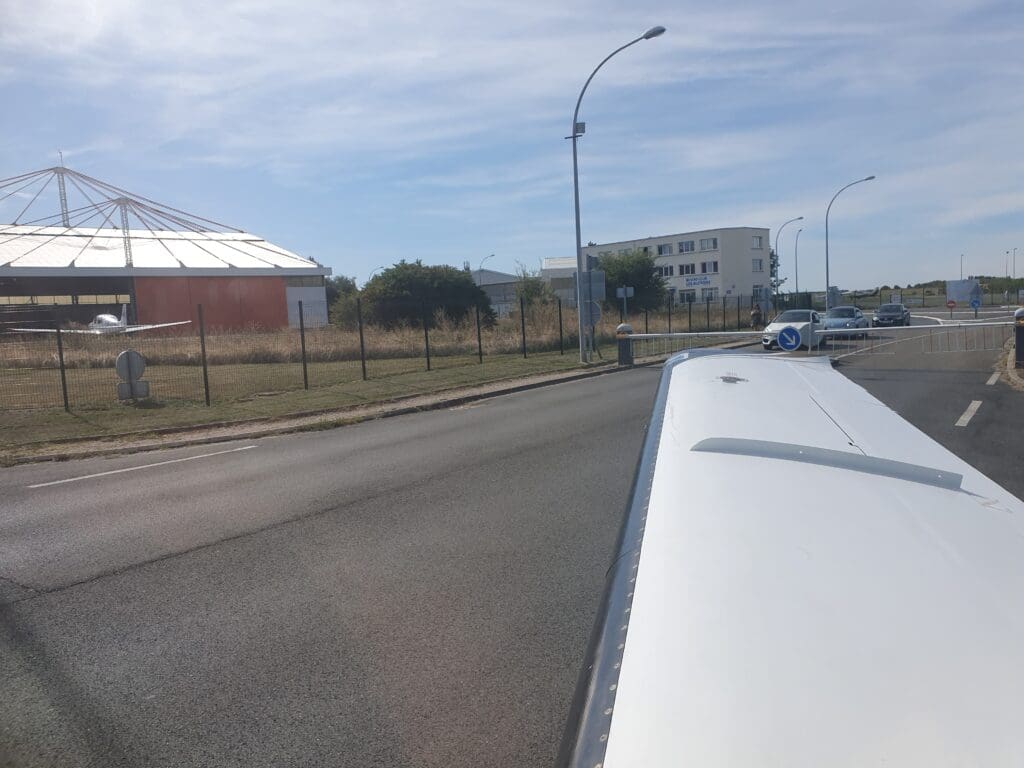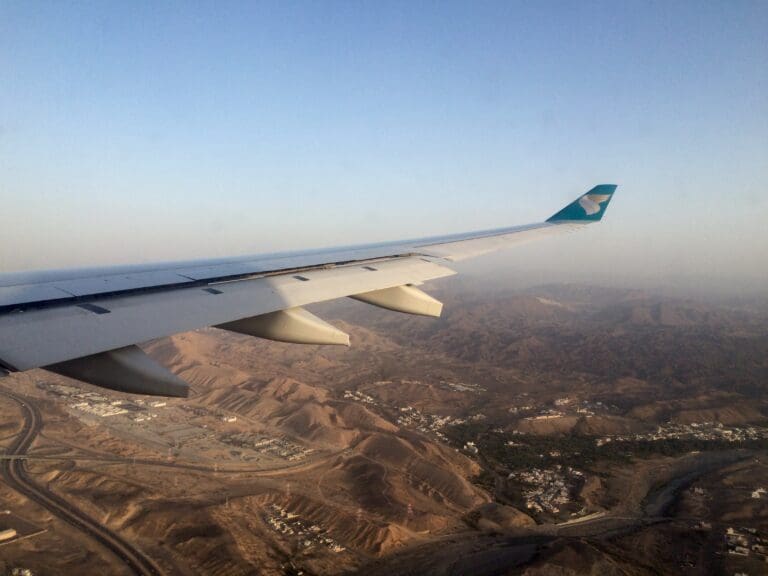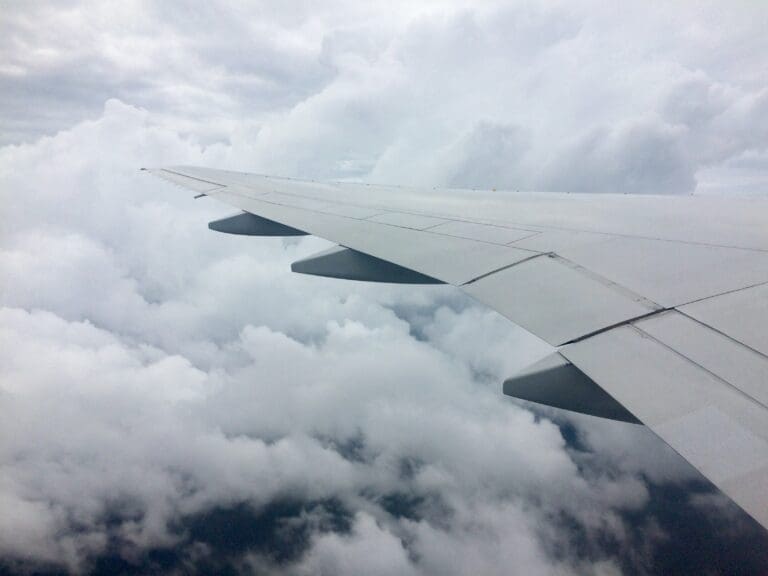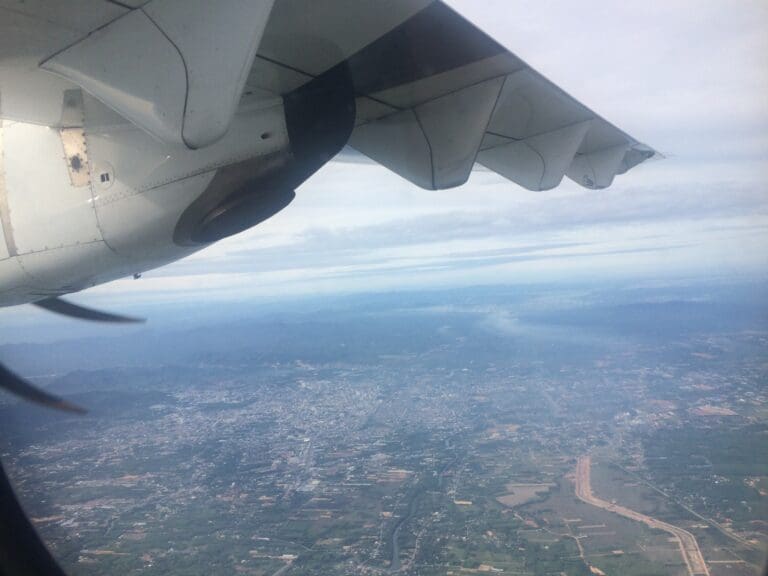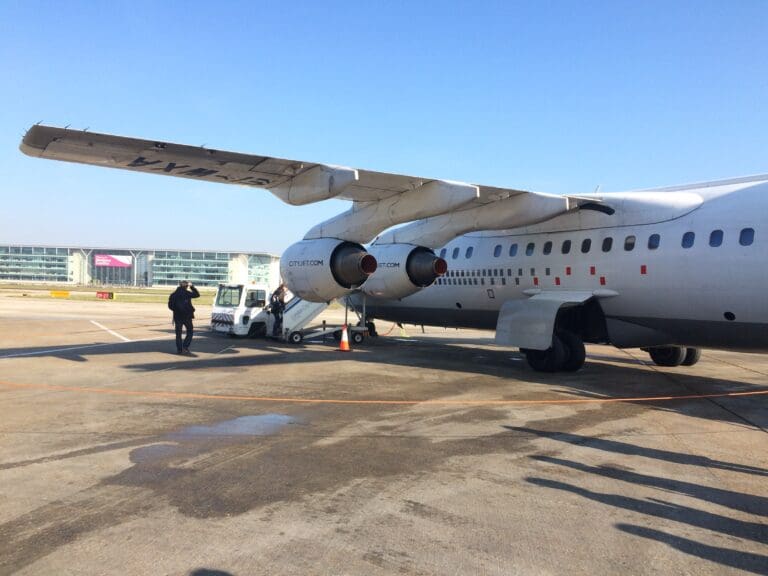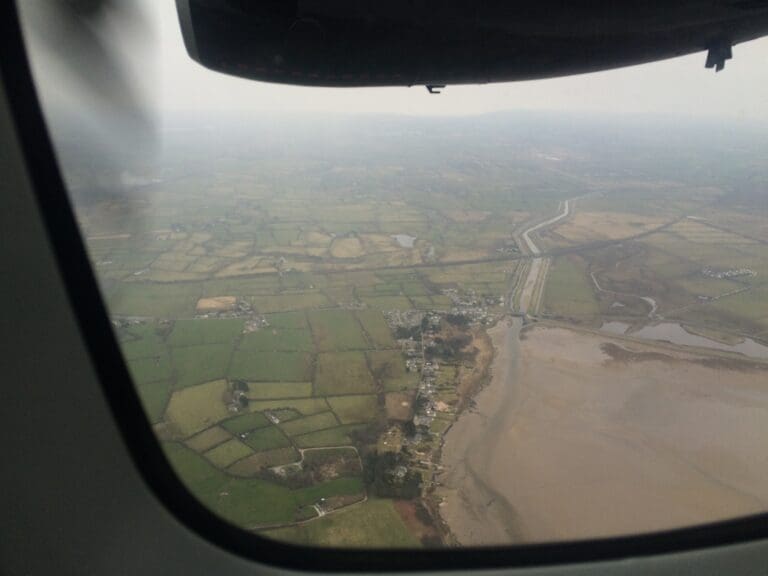Joie de Vivre on a Luxury French Plane: Strasbourg to Paris by TBM 850
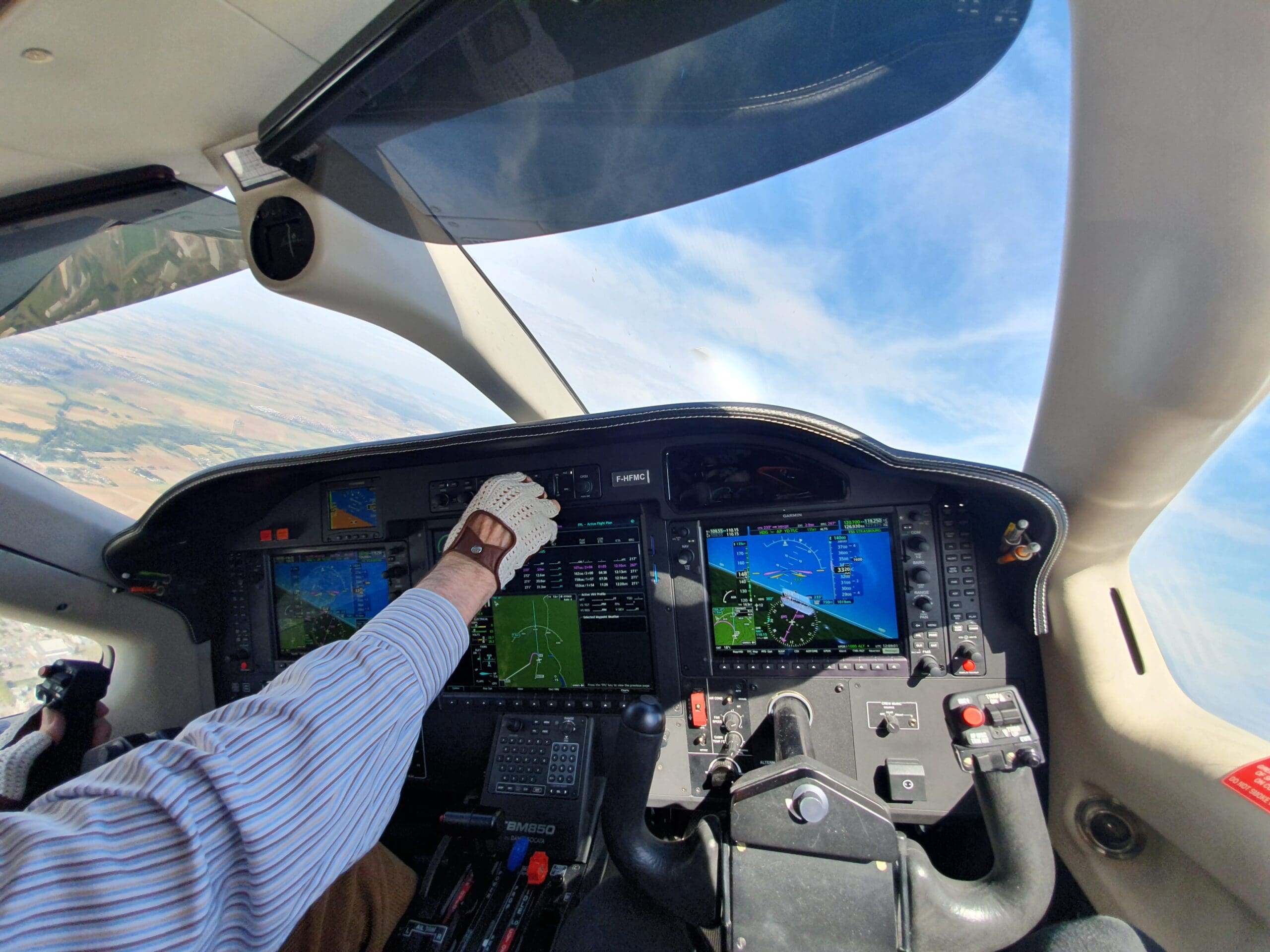
In the past few years, several platforms have popped up that enable pilots to share the direct operating costs of a non-commercial flight, such as fuel, aircraft rental and landing fees. Working within existing regulations, such platforms enable pilots to advertise the flights that they intend on flying in the hope that a passenger will join them, thus enabling them to at least halve their flying costs. The passenger then signs up and pays for their share of the flight, with this money held by the platform until the flight has been completed or cancelled, in which case it is either transferred to the pilot or refunded to the passenger.
As you may expect, such platforms have proven to be a contentious topic, with some claiming that these push the boundaries of what is considered to be non-commercial flying, despite the fact that the pilot does not make any money from such flights. Others argue that such platforms pressure inexperienced private pilots to take unnecessary risks, whilst passengers themselves undergo no screening, and also may be unaware of the higher risk posed by flying in the likes of a Cessna 152 compared to a Boeing 737.
The largest and most well known platform is Wingly, a Paris-based service that specialises in enabling pilots in Austria, France, Germany, Switzerland and the United Kingdom to share the costs of their flights. The vast majority of flights on the platform take place in light single engine piston Cessnas, Pipers, Robins and the like. In September 2019, I embarked on my first Wingly experience, spending an hour flying around the skies to the north of Paris in a rare twin-seat Nord NC.854.S. Seeking something a little faster for my second ride, by pure chance I stumbled across the only TBM 850 on the platform.
Armed with a single Pratt & Whitney PT6A-66D turboprop engine, the TBM 850 is the second iteration in SOCATA’s popular TBM series of executive transport aircraft, manufactured between 2005 and 2013. With 338 examples manufactured in the southern French city of Lourdes, most operators take the form of private individuals and companies, being the step between the likes of the Cirrus SR22 and Diamond DA42, and light jets and larger turboprops such as the Beechcraft King Air. In particular, the TBM 850 is known for its high cruising speed, which at 316 knots, comes in faster than both the popular King Air and Pilatus PC-12.
Returning to the journey, the pilot was offering a single seat on their TBM 850 from Strasbourg to Toussus-le-Noble, Paris’ primary general aviation airfield located to the west of the capital near the famous town of Versailles. Departing on a Monday afternoon in mid-September, this would set me back €150, although thanks to a voucher I managed to get this down to under €100. Seeing as this was by far the cheapest that I would pay to get a ride on a TBM 850, a type that is not in scheduled commercial service anywhere in the world, I could not pass on this opportunity! Residing in Paris at the time, I decided to catch a OuiGo service, the budget version of the TGV over to Strasbourg on the morning of my flight, and enjoyed several hours in the sunshine, enjoying the unique blend of French and German architecture of the Grande Île before heading to Strasbourg Airport just after lunch.
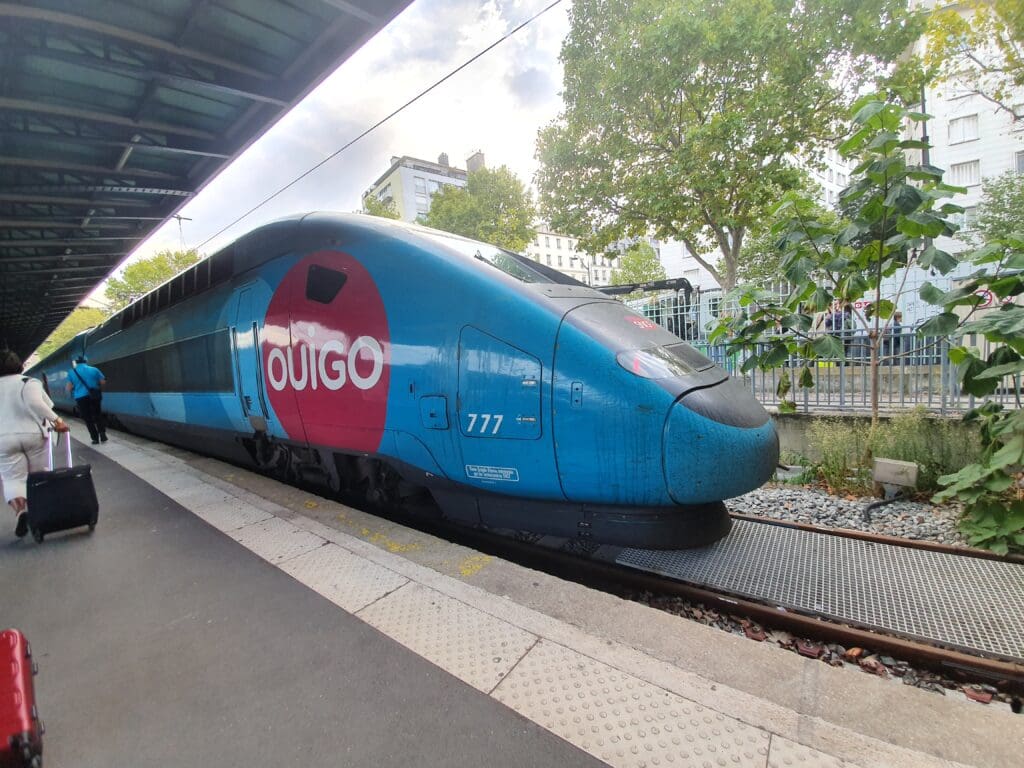
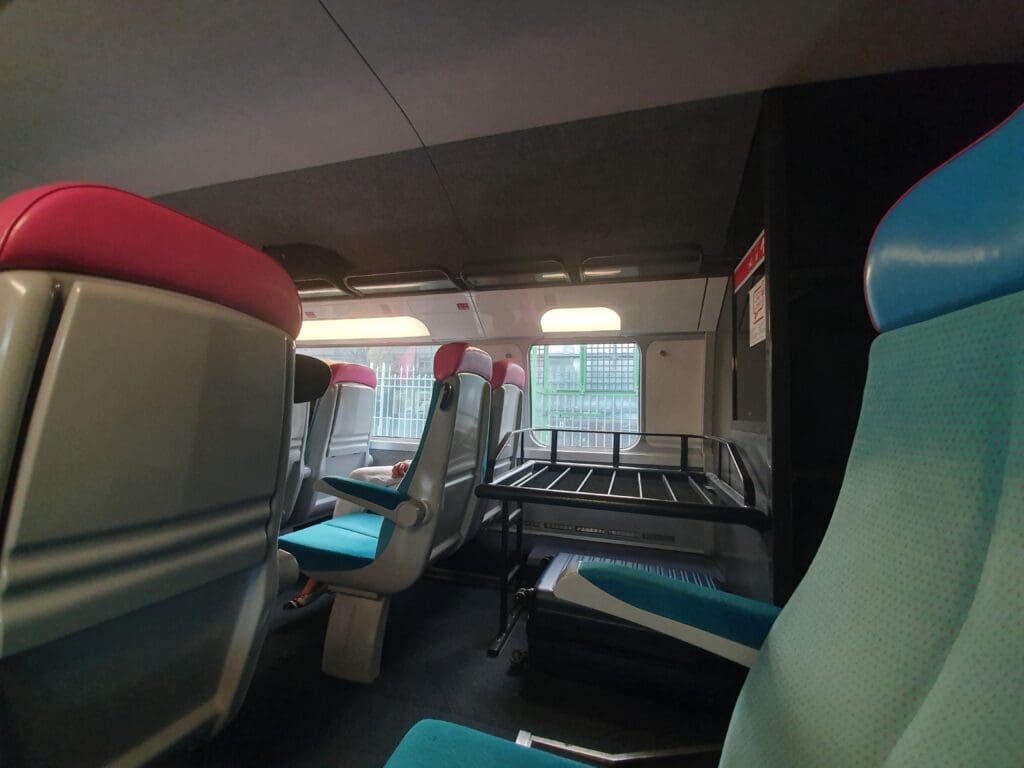
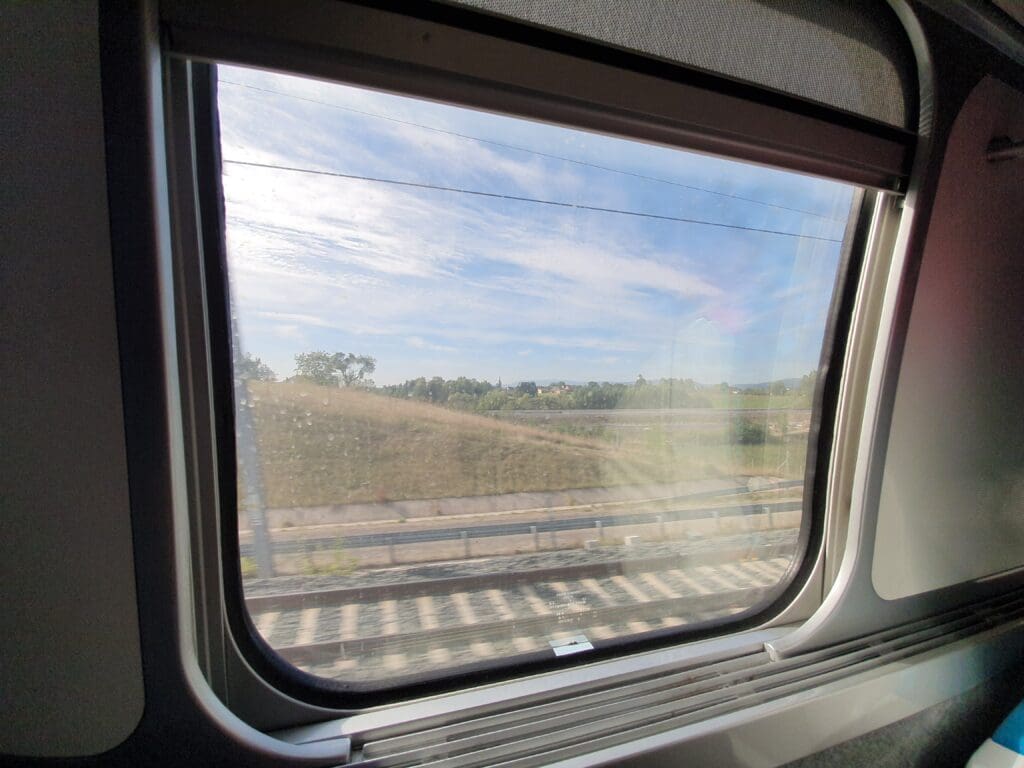
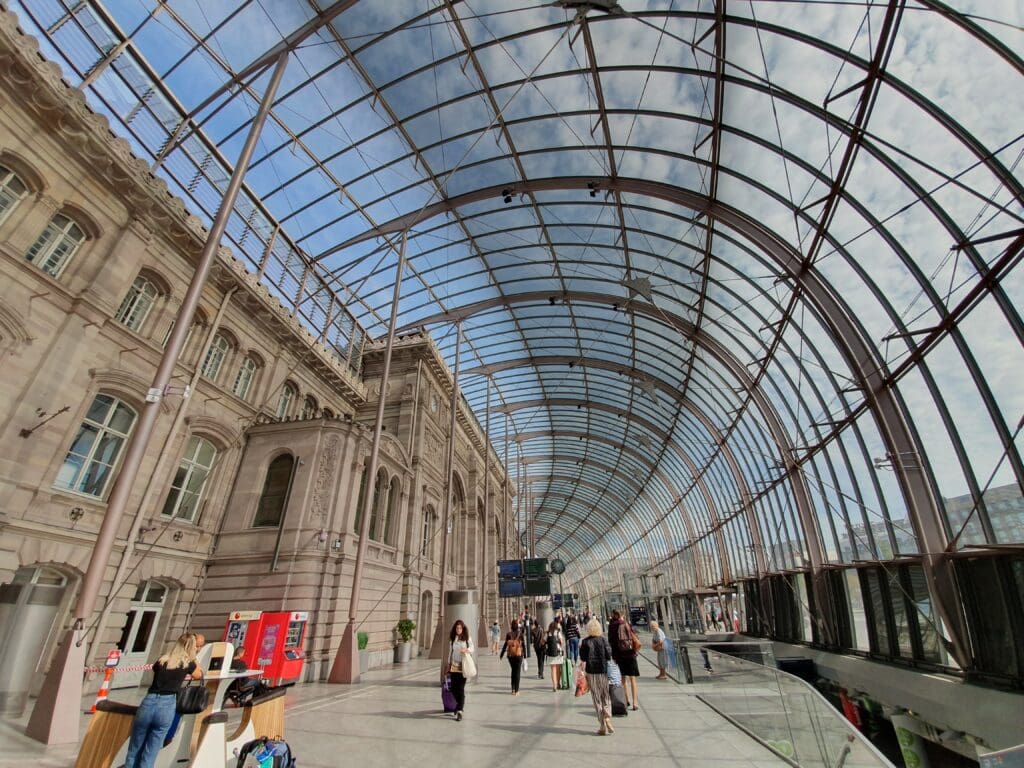
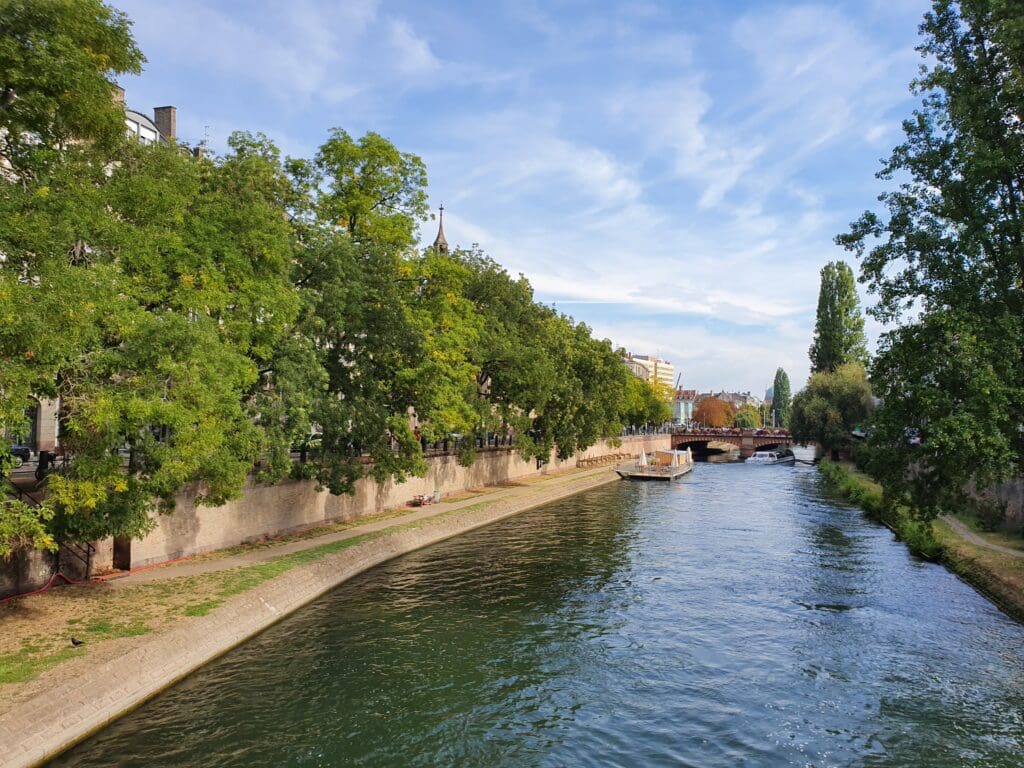
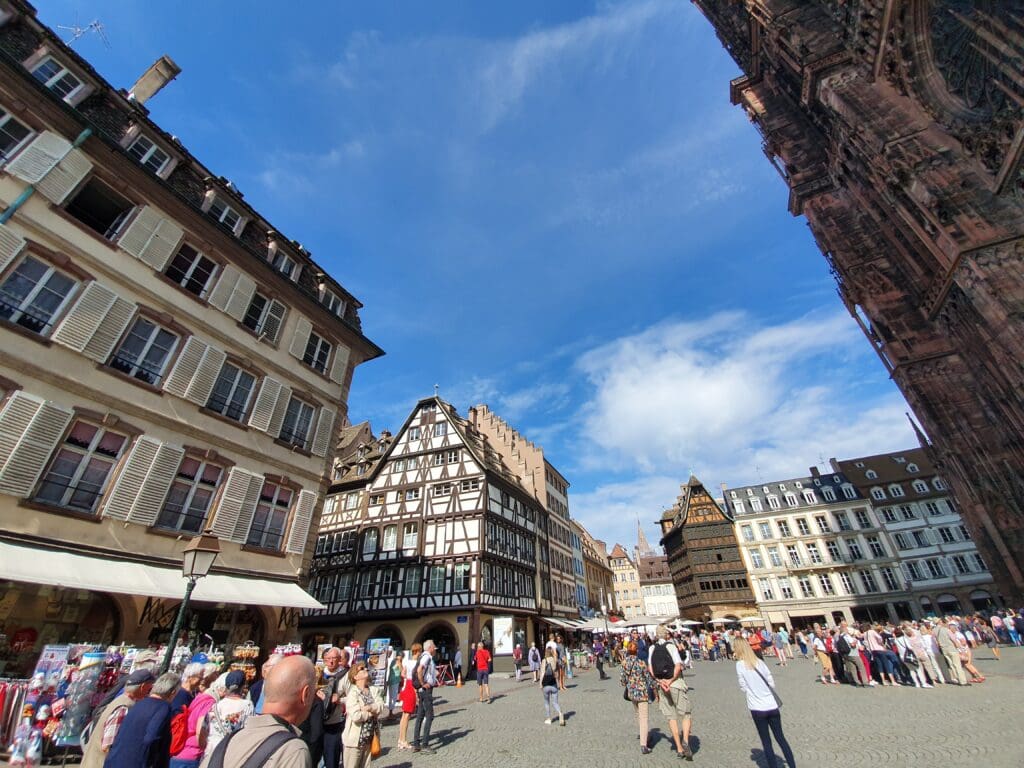
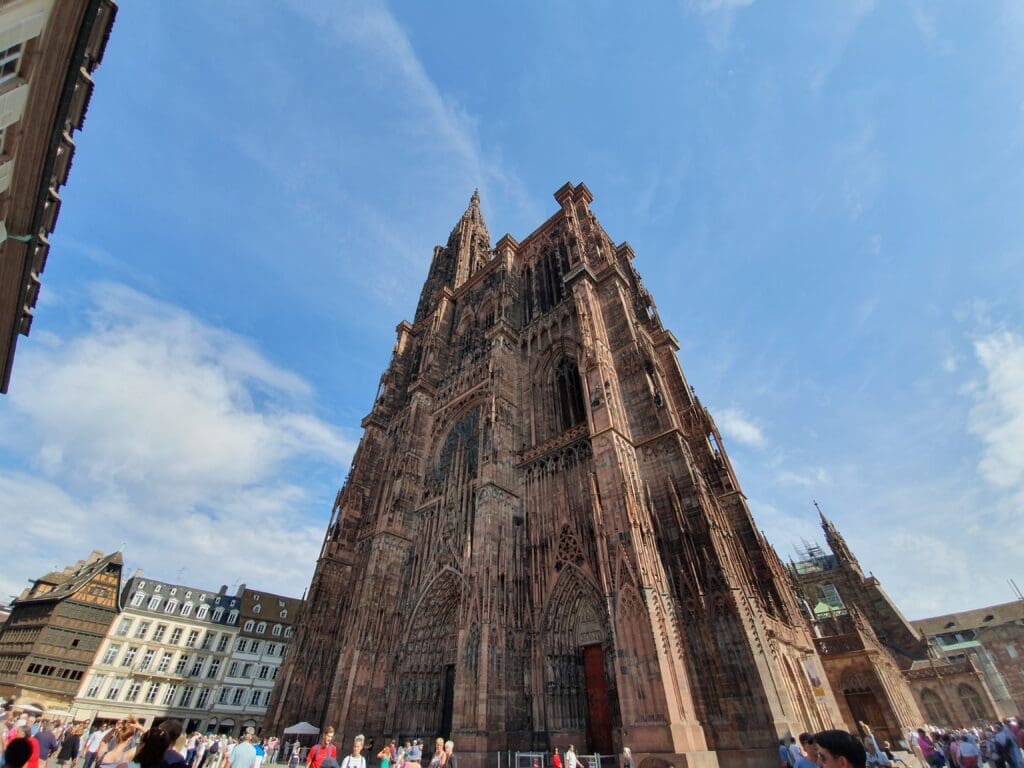
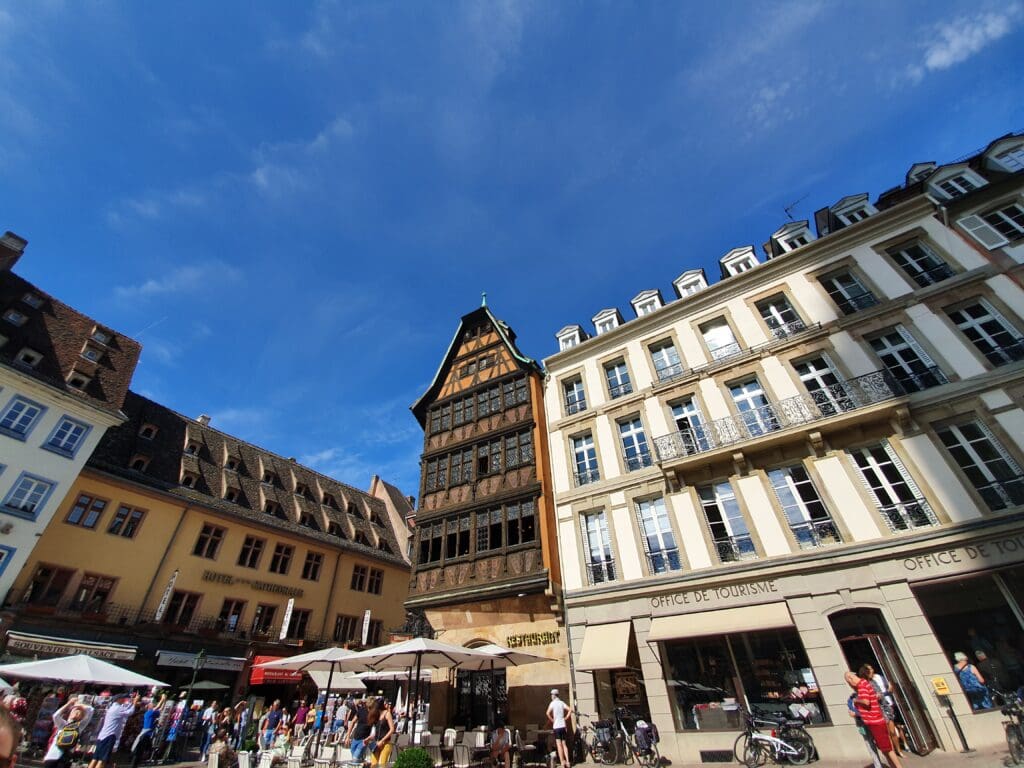
Fortunately, reaching the airport from the city centre is by no means hard, with this sitting no more than a short train journey away and enjoying its own dedicated railway station almost directly opposite the terminal building. Whilst not the busiest airport in France, Strasbourg Airport is connected to destinations across Europe and North Africa, with Spanish low cost carrier Volotea maintaining a hub at the airport. However, as I wandered through the terminal, I found that this was rather quiet that afternoon, with just a handful of flights departing over the next few hours. More used to the likes of Ryanair and EasyJet, it’s fair to say that I am not so au fair with private jet terminals, and, having been advised to rendezvous at Strasbourg’s business aviation terminal, I had high expectations. However, as it turned out, this was just a glorified shed with some toilets, an empty reception desk and a bench inside. Fortunately, I didn’t have too long to wait and before I knew it the pilot arrived.
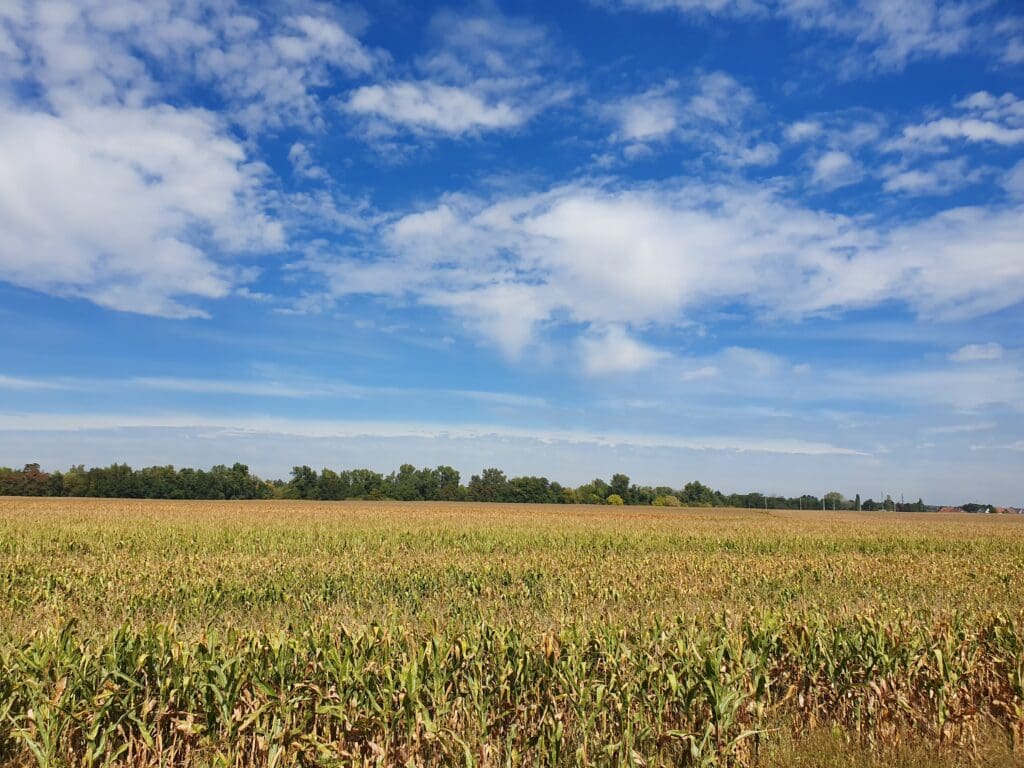
One of the more scenic airport train stations that I have visited!
After a formal handshake, without any need for a security check, I was escorted outside onto the ramp and taken over to the nearby hangar. There, the sleek-looking TBM 850 that would be taking me back to Paris could be seen amongst the smorgasbord of locally based light aircraft. This took the form of F-HFMC, which sports a rather plain non-descript livery of black and white, with some subtle gold stripes. This carries the construction number 658 and was of the very final TBM 850s to roll off the production line before the type was succeeded by the TBM 900. With this all ready to be towed out, the pilot soon connected the motor-powered hand tug to the nose wheel and cautiously wheeled the aircraft out of the hangar, taking extreme care so as not to slam one of the wings of his lovely aircraft into one of the hangar doors!
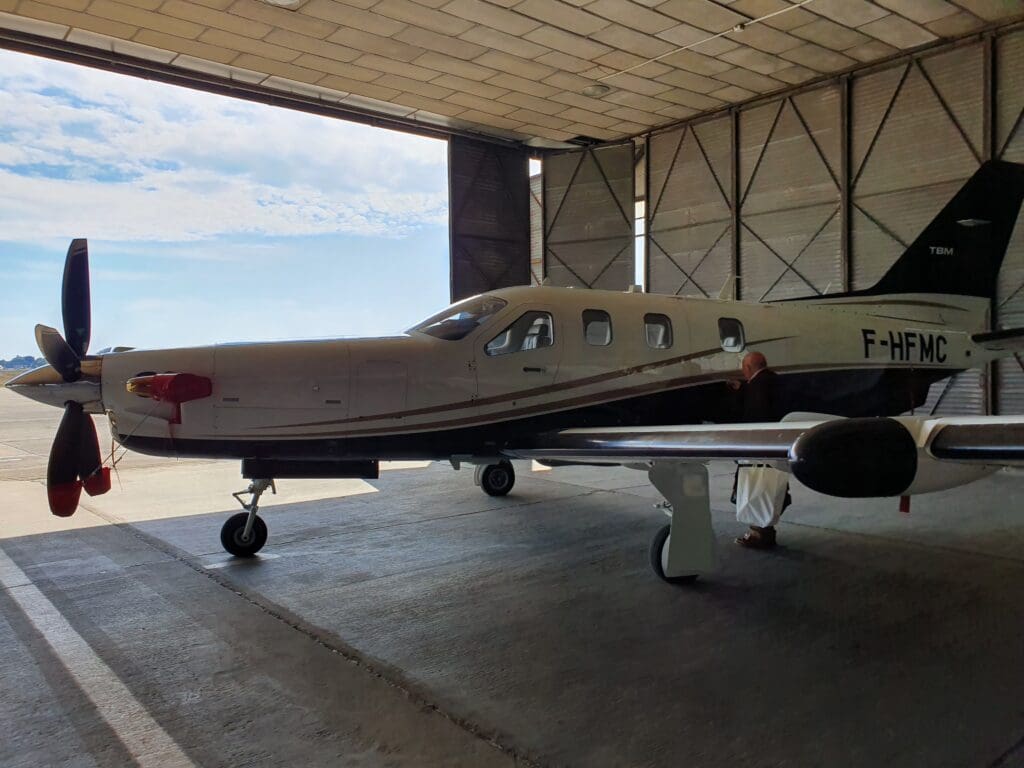

Once all the covers had been removed, we headed entered the cabin through the main passenger door near the rear of the aircraft. Inside, the cabin is a little cramped and with a cabin height of just 121cm, I did have to contort myself to squeeze into the right-hand seat in the cockpit. Once onboard, I was hit with the smell of real leather, with each four seats in the passenger cabin covered in a beige leather cover. These can be swivelled so that they are either facing each other or so all are facing forward. Up front, like most newer TBM 850s, the aircraft came with a Garmin G1000-equipped glass cockpit, with three large glass panels and a smaller panel for the backup attitude indicator. This was also relatively spacious and there was no point during the flight that I was required to rub shoulders with the pilot to my left.
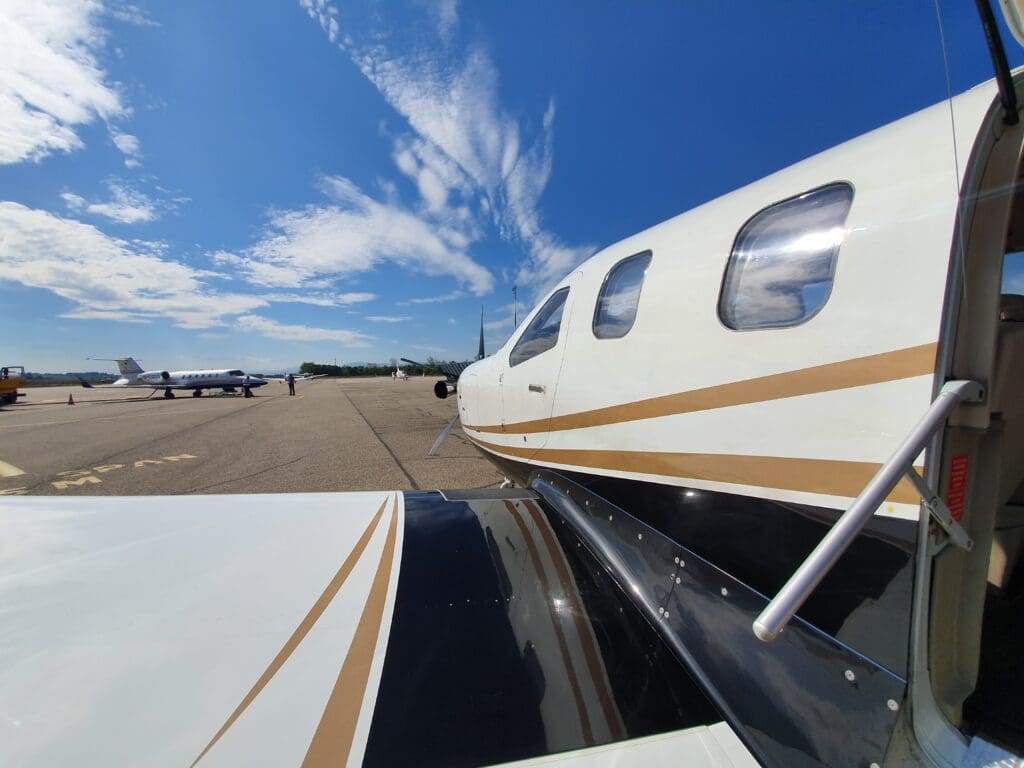
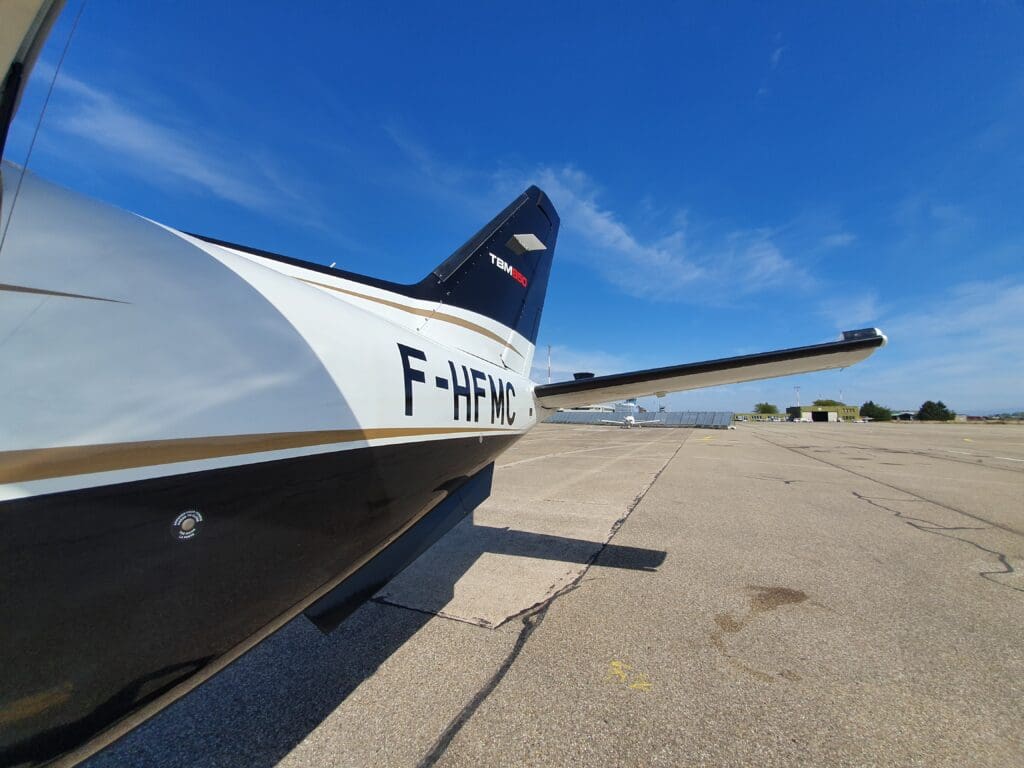
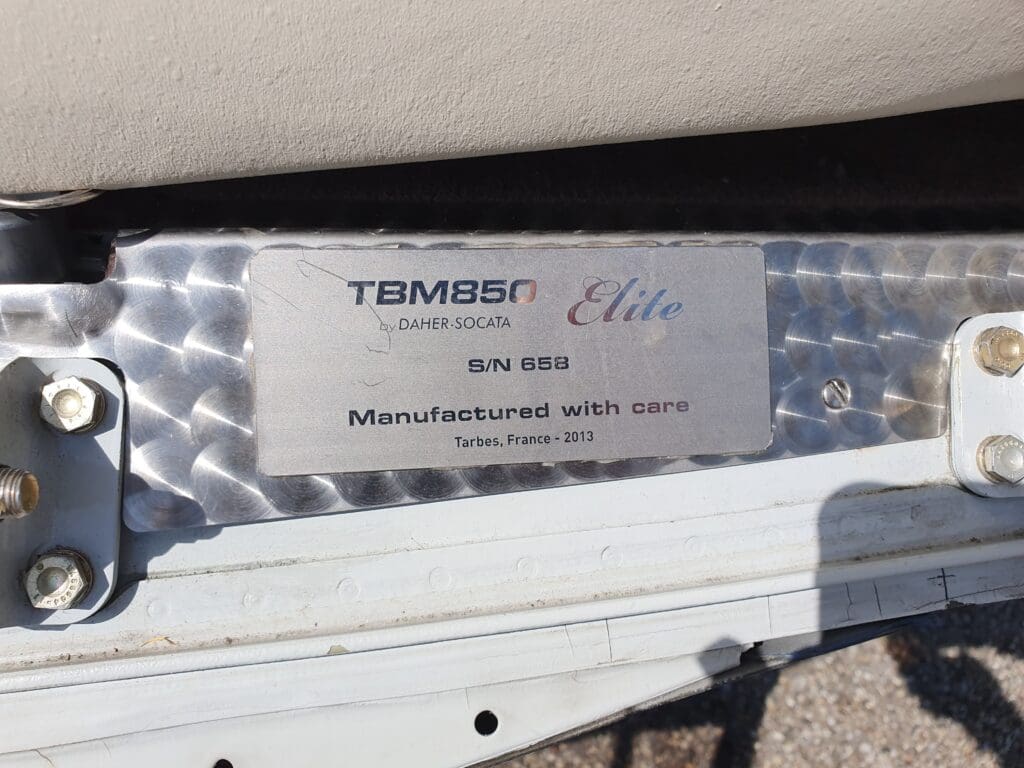
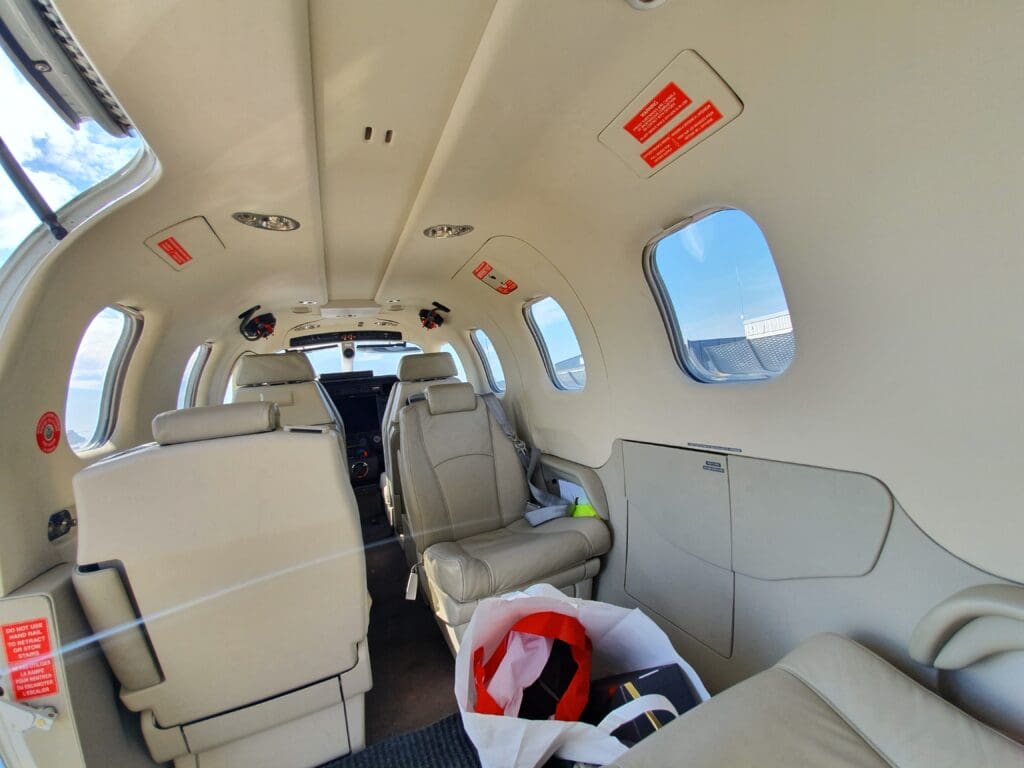
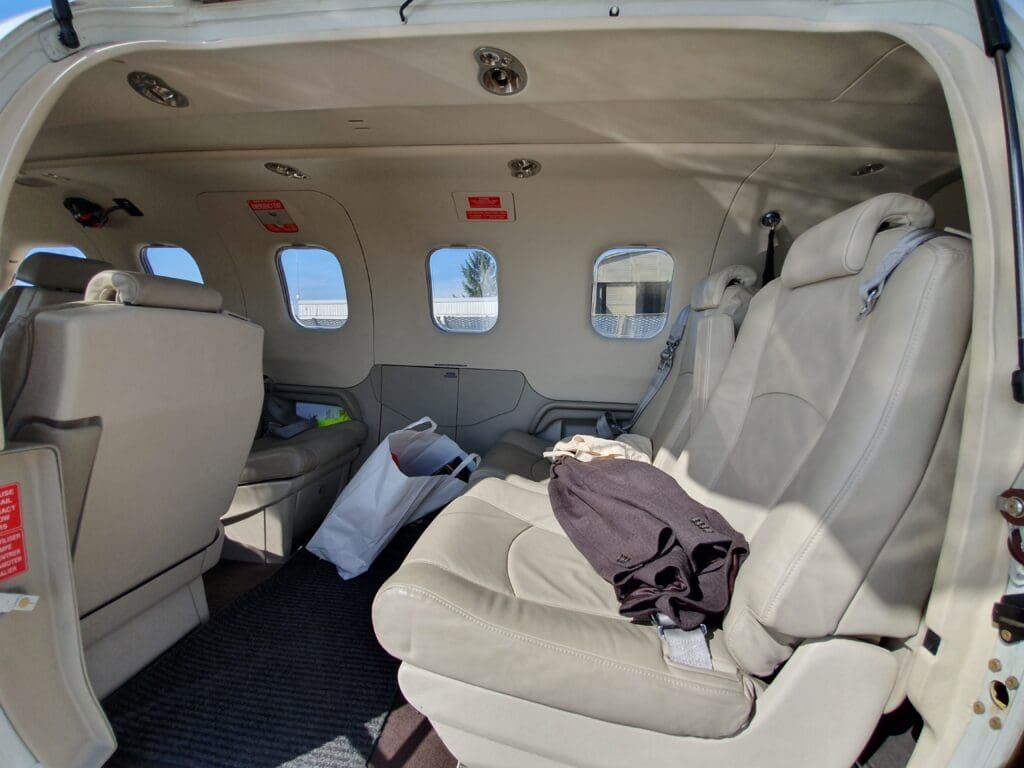
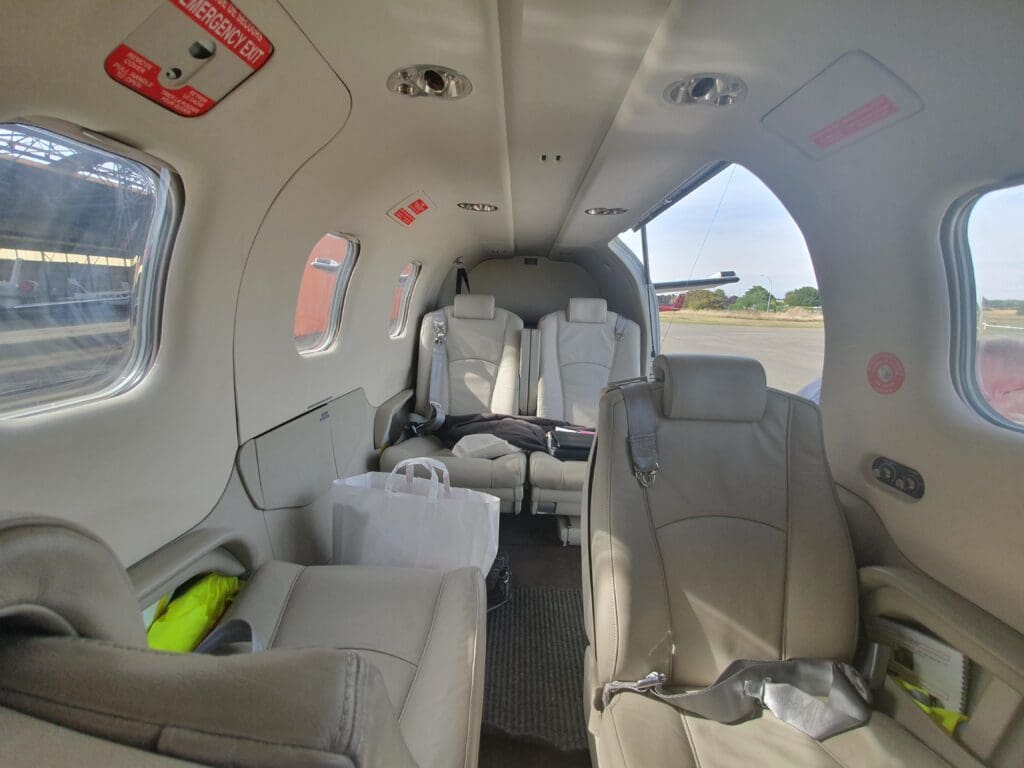
As soon as we were both strapped in, I donned the Bose headset whilst the pilot ran through the pre-departure checks before the powerful turboprop engine spooled into life. After a few minutes, whilst the pilot made their required radio calls and waited for all the engine and oil gauges to stabilise in the green, at 1358, the aircraft lurched forwards and we soon made our way onto the taxiway. From our parking position, nothing more than a short taxi was required in order to take us to the end of Runway 05, however, once there, the aircraft was required to hold in order to allow for a Lufthansa CityLine Bombardier CRJ-700 to jet off on its short flight back to Frankfurt. Once this had rocketed off, we continued to hold for a minute or so in order to minimise the risk of any wake turbulence before we were cleared for departure.
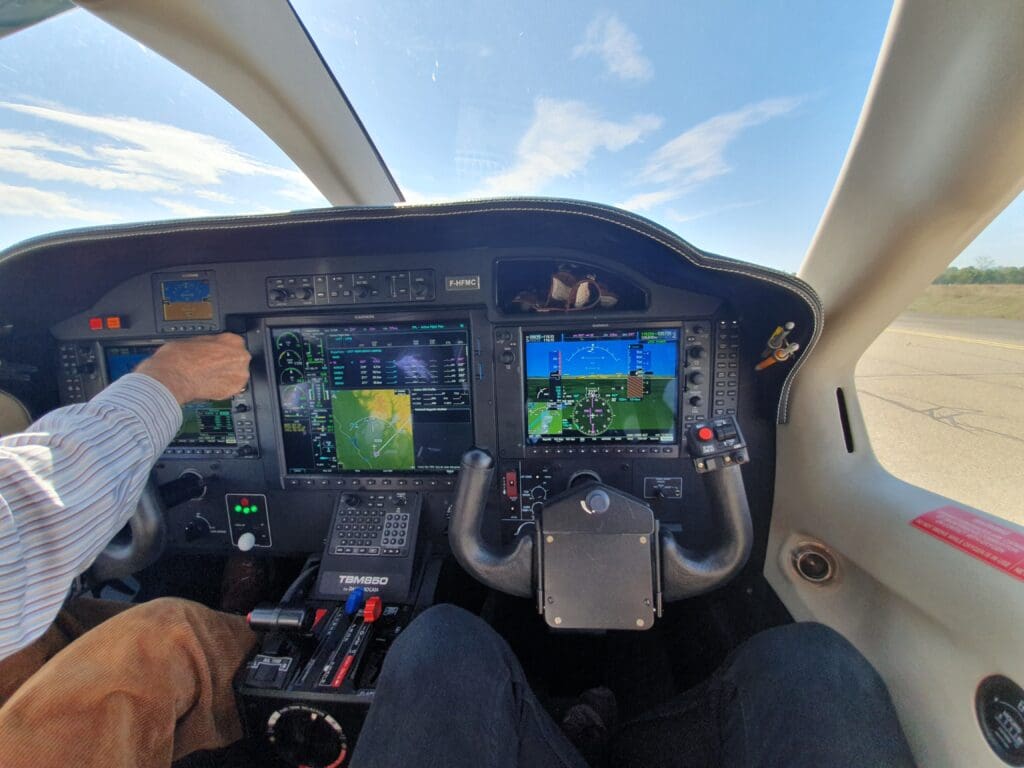
At 1404, the power level was pushed forward, and we were both pushed back into our seats as we accelerated down the runway. Seconds later, the aircraft made a sporty rotation before shooting up like a rocket. Almost as soon as we were up in the air, the centre of Strasbourg appeared before we turned onto a westerly heading that would take us to Paris and made our trek up to 24,000 feet.
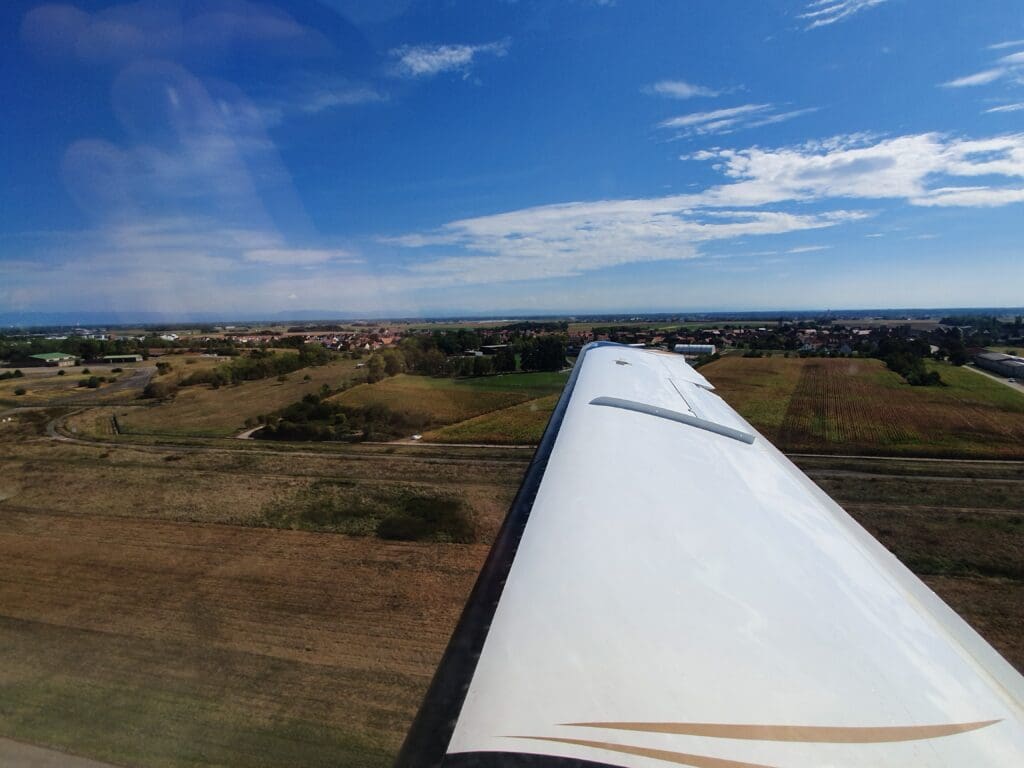
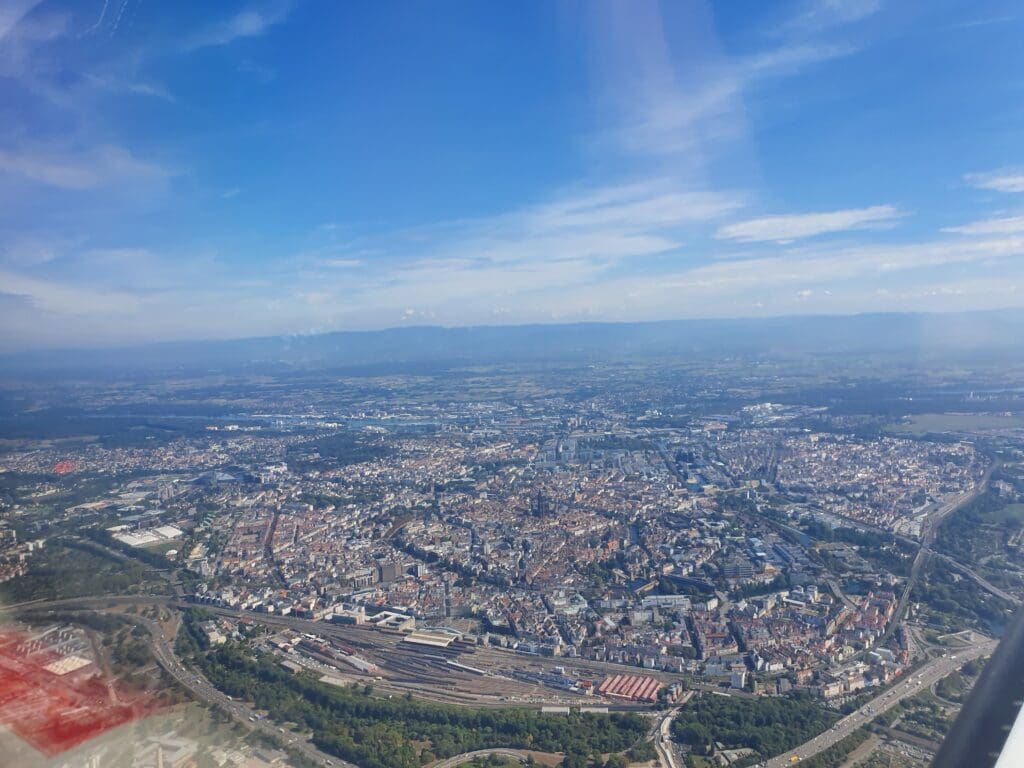

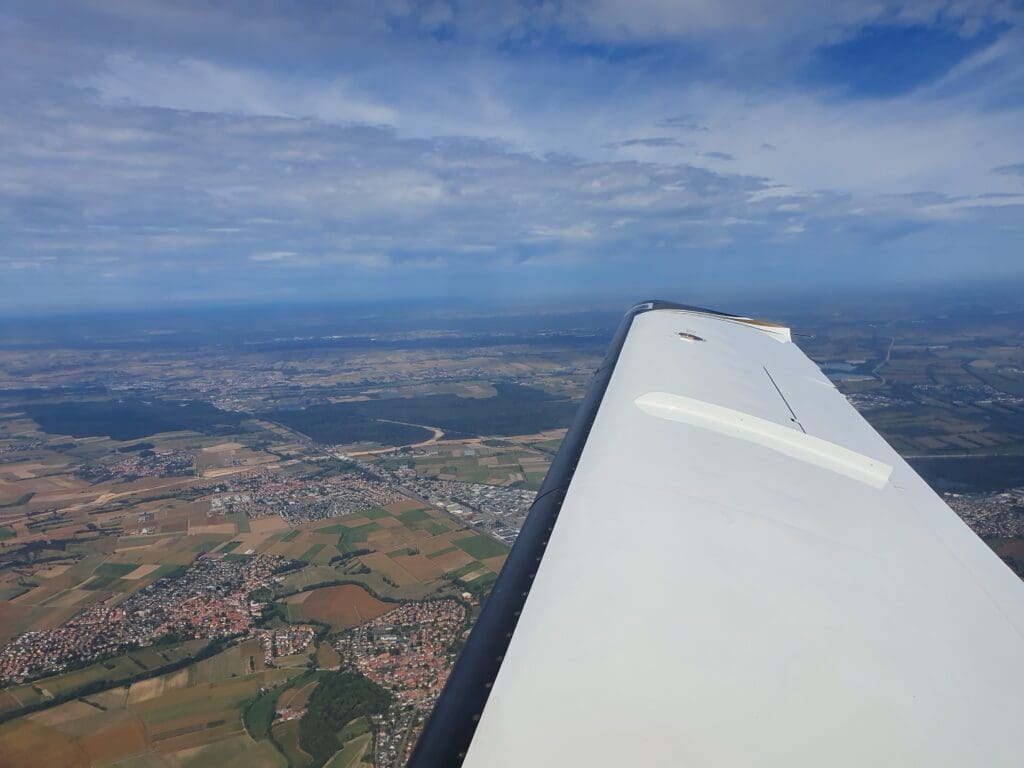
Once we had levelled off, the TBM 850 made a smooth cruise over the French countryside and the pilot, clearly proud of their aircraft, went through the interesting and seemingly high-tech features of this locally designed and manufactured turboprop. Hailing from the UK, during this time I felt sorry for French traffic controllers as I listened to them constantly switching between English and French as they gave commands to aircraft flying through the skies, mostly on their way to and from the airports of Paris. That afternoon, the weather conditions were good, thereby allowing for a good view of the passing French countryside of the regions of Grand Est and Champagne Ardenne, meanwhile, our cruise was a largely smooth affair with almost no lumps or bumps felt as we sped through the skies.

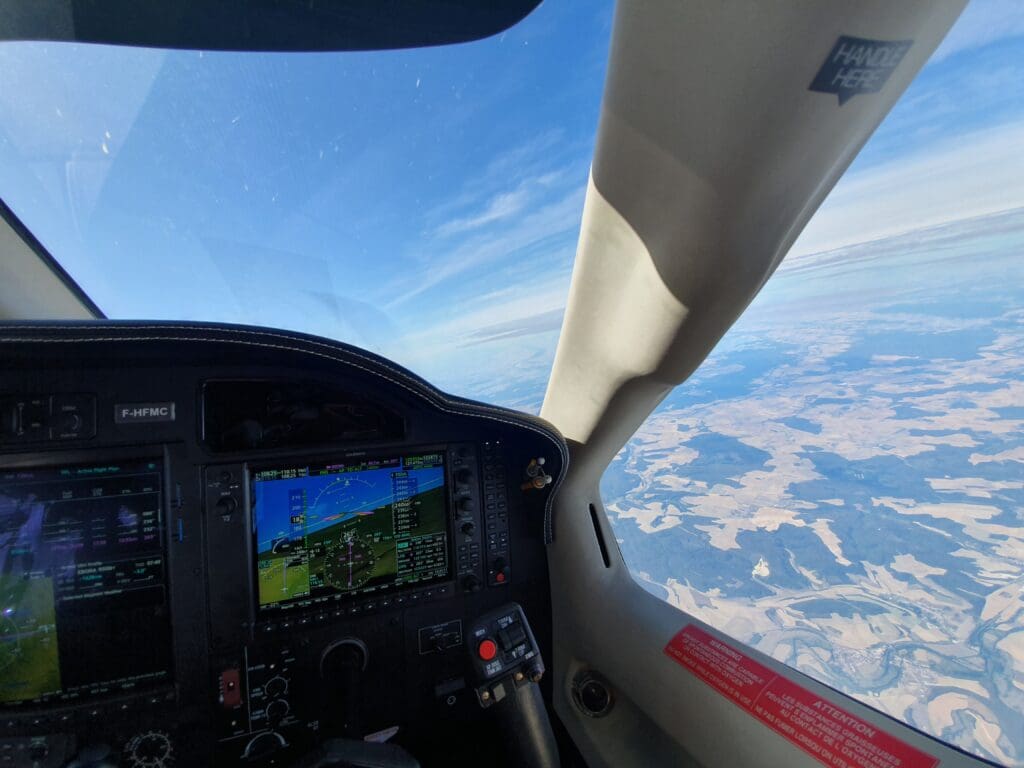

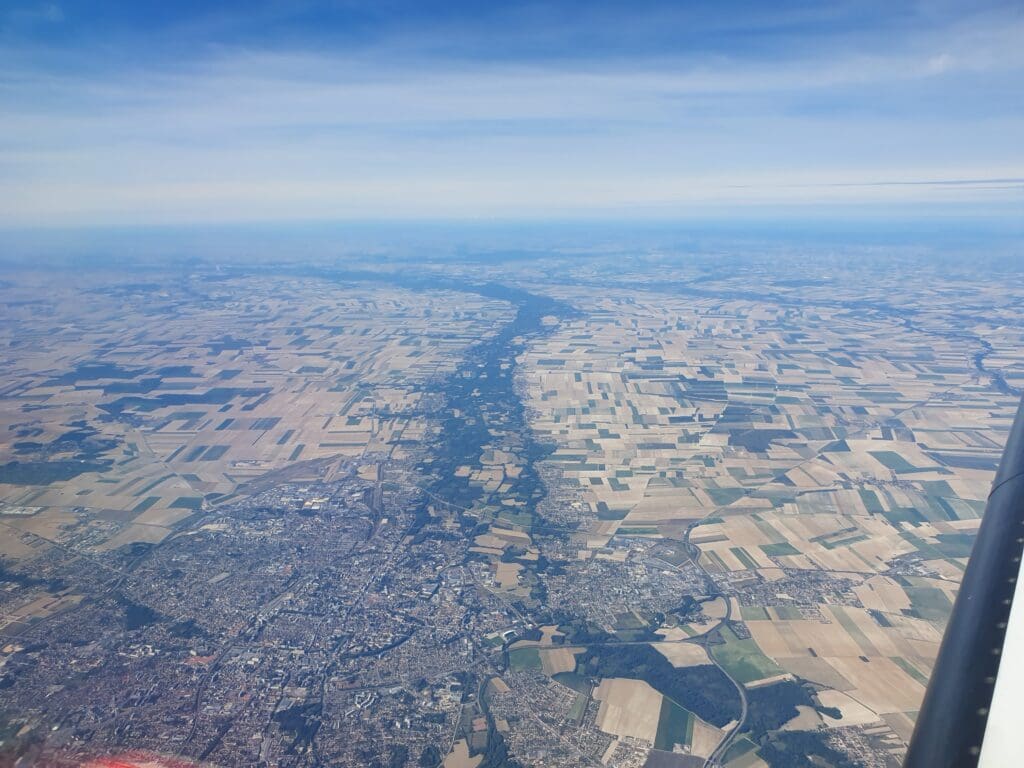
After what seemed like no time, the aircraft commenced its slow journey back to Earth, descending over the towns that sit to the east of the French capital before reaching the River Seine near the border between Paris and Val-de-Marne. At this point, the aircraft turned to fly almost directly westwards and set itself up for an ILS approach to Toussus-le-Noble’s Runway 25R. Whilst we did not head right over the city, this approach still offered a superb view of the likes of the Tour Montparnasse, Les Invalides and the Eiffel Tower. Soon, the TBM 850 left Paris’ well-to-do southwestern suburbs behind and we crossed over Velizy Air Base where a mystery Dassault Falcon could be seen on the apron before Toussus-les-Nobles Airport appeared in the distance.
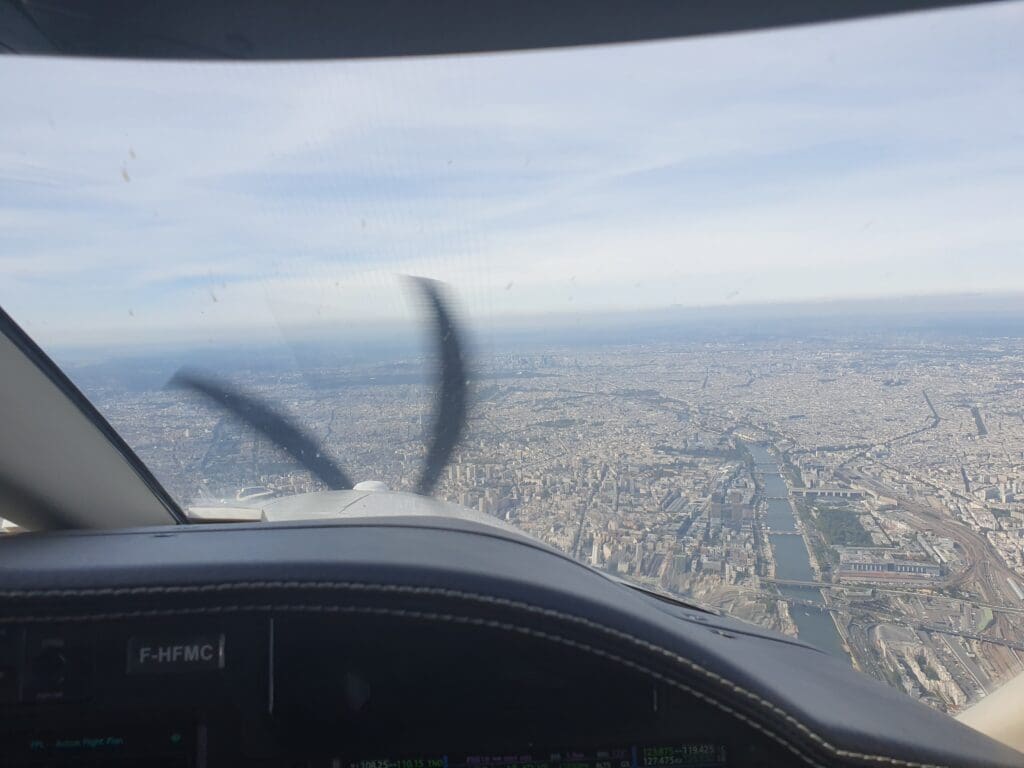
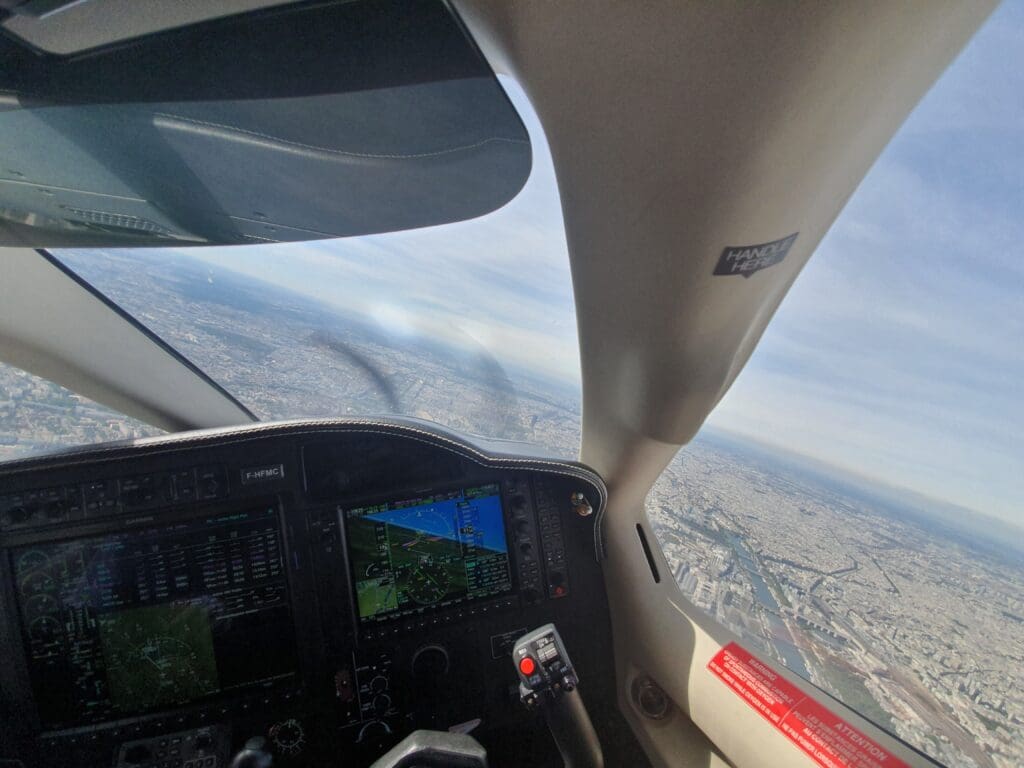
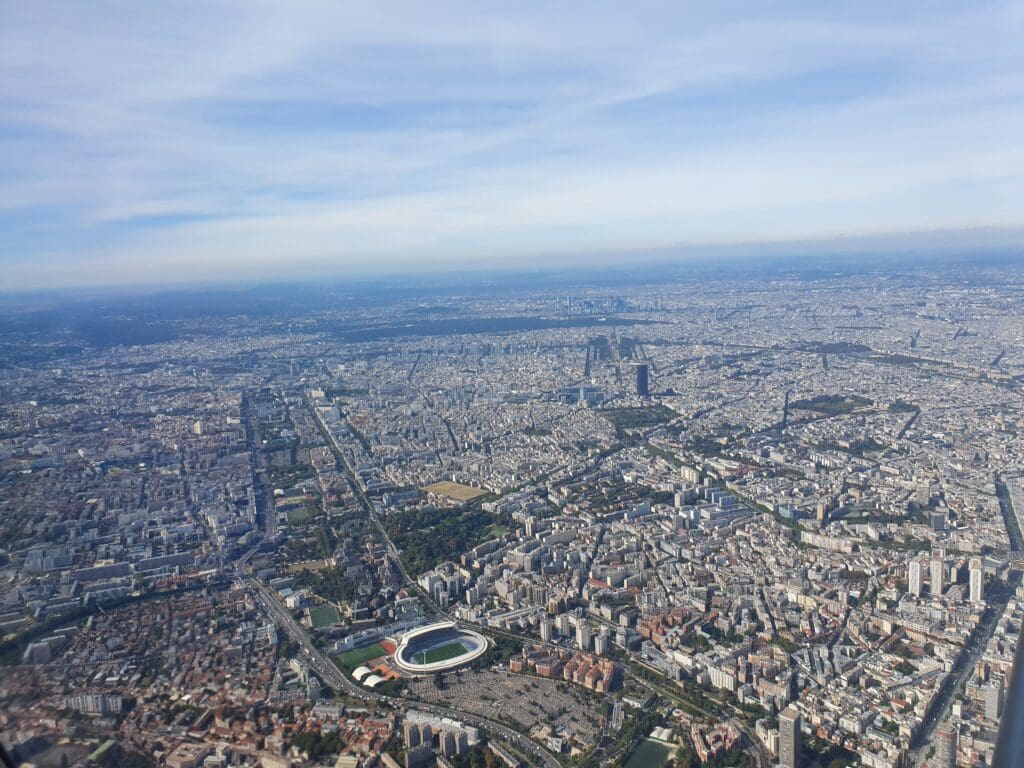
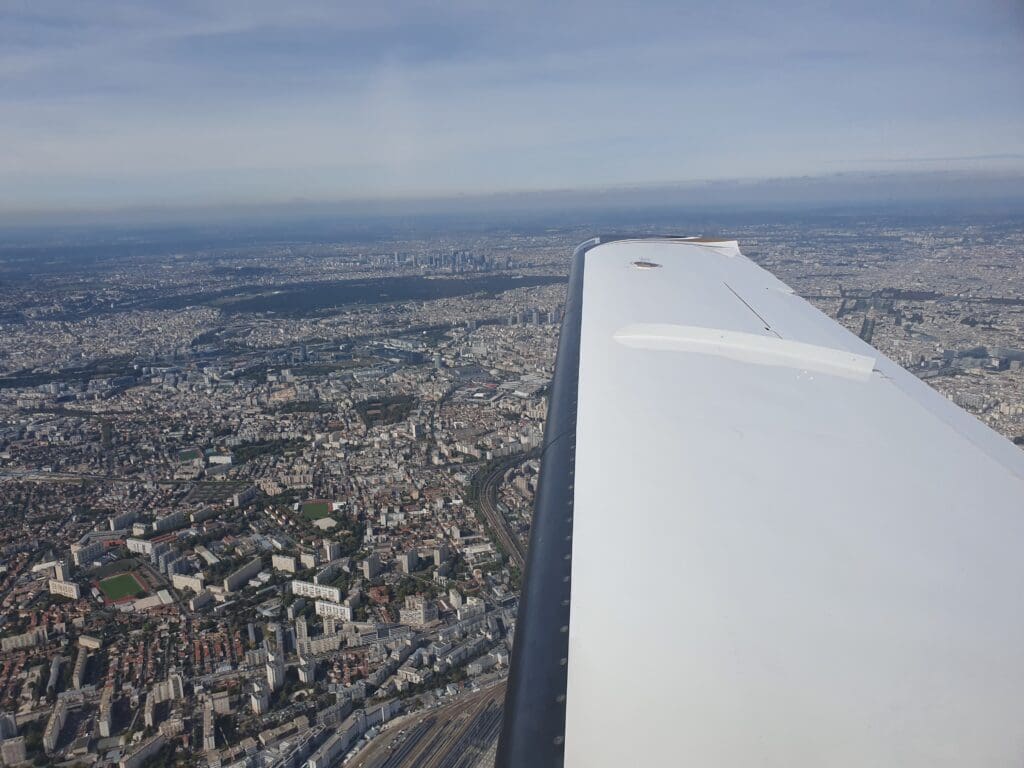
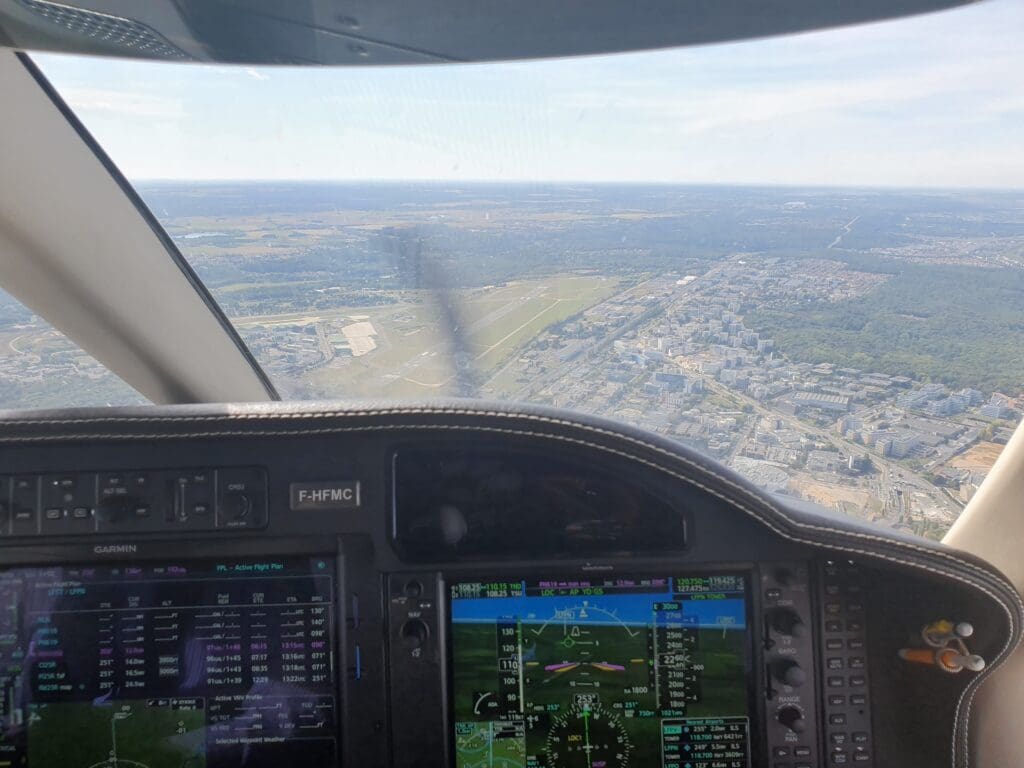

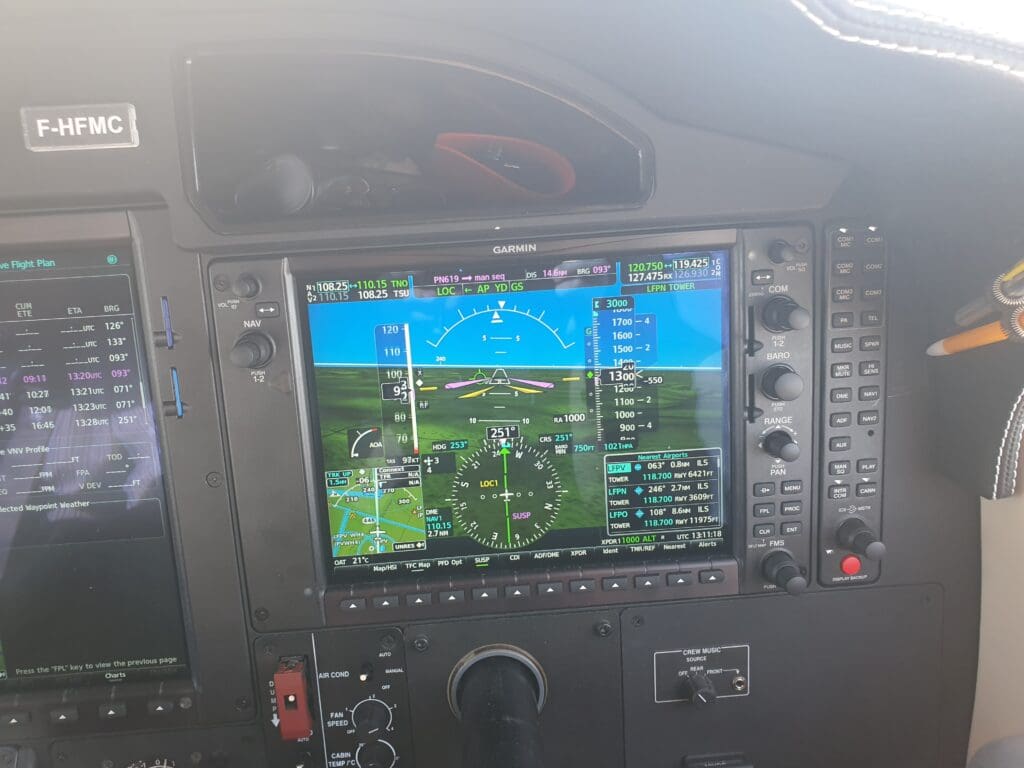
Following a total of 01:08 in the air, the aircraft made a smooth touchdown on Runway 25R before commencing a fairly short taxi over to its hangar. This took us over a level crossing before we parked up on the apron. Once there, the engines spooled down and the pilot began to secure the aircraft ready for it to be put to bed. As they did this, another sleek-looking American registered TBM sporting an interesting ‘Corsican Air Force’ livery appeared and parked up nearby, its two occupants seemingly friends with the pilot as they had a long amicable and animated chat before I was given a lift to nearby Versailles, ending my TBM adventure.
